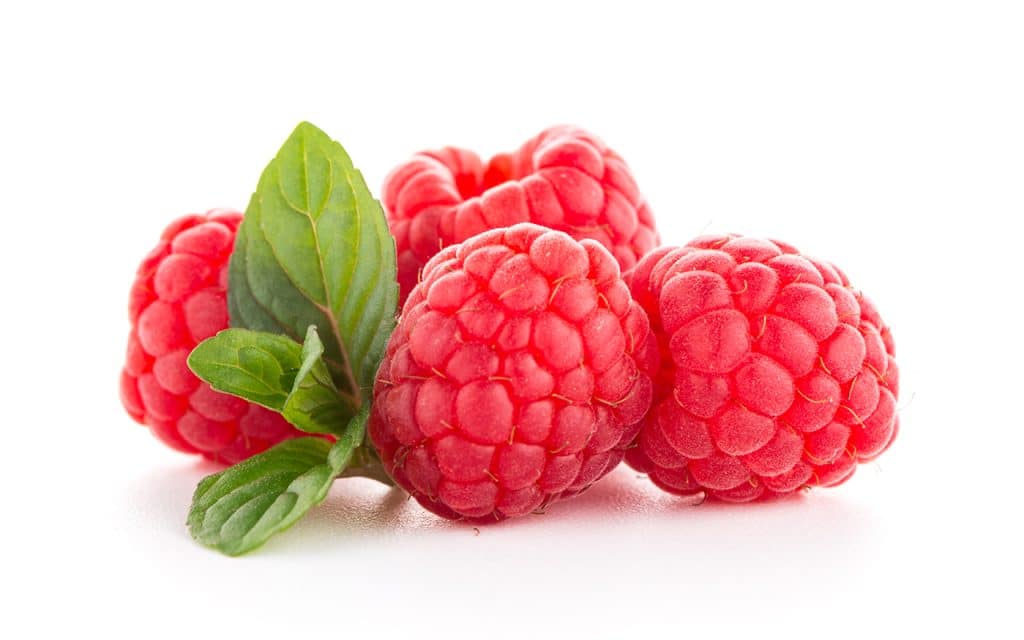I hope you have all been able to avail of our long and unexpected spell of good weather by spending more time outdoors in nature and soaking up the glorious abundance of vitamin D. We need less and we feel lighter when the sun shines. And though it may be gone for the moment, let’s hope the current break in the weather is merely an opportunity to replenish the reservoirs and water the plants before the summer returns once more.
In absorbing the sun’s free vitamin D, we may have noticed the benefits of a boosted immune system, reduced aches and pains and an increase in our energy levels. Vitamin D plays a role in reducing inflammation in the body, a topic dear to my heart, so continuing here in this vein of reducing the inflammatory response in the body, I’d like to introduce a checklist of healthy and easily actionable habits that can build on this free injection of vitamin D we have received.
In the summer months we want to feel and look lighter and there’s often an emphasis in the media on shifting the extra lbs acquired during our winter hibernation. But if you are struggling to shed these pounds, it can actually be down to inflammation caused by eating too much of the wrong foods and not enough of the right foods. Furthermore, a recently published US study looking at outcomes of diet on health professionals over 30 years has shown that the levels of inflammation in the blood were twice as important as cholesterol levels in determining the outcome of cardiac disease. It is the inflammation that damages the blood vessels while the cholesterol comes along and fills in the fissures and clogs our arteries. So it’s important to eat the right foods and apply the best practices to help heal our inflammation and thereby reduce our risk of developing chronic diseases.
For the summer, let’s keep it simple and implement these habits.

Eat more plants
Thirty is the magic number when it comes to how many different varieties of fruits and vegetables we should consume weekly to ensure optimum gut health. This includes nuts and seeds as well as legumes and pulses. There are however seven super foods that should be incorporated into our daily diet, and the good news is that they are freely available and not costly.
• Broccoli and the other brassicas including cabbage and cauliflower. These plants along with onions and leeks contain sulphorafane, which is a powerful natural anti-inflammatory. To obtain the greatest benefit from these foods however you need to chop your veg and let it rest for 10 minutes before cooking or eating to activate the sulphorafane properly.
• Extra virgin olive oil. Buy the highest quality oil you can afford. Recent studies have shown daily consumption of this oil can have the same pain-killing effect as taking an ibuprofen. Olive oil contains oleocanthal, one of four main anti-inflammatory compounds. The sharper or more peppery the taste of the olive oil, the higher the volume of this compound. Drizzle it on your food, don’t cook with it, or only cook at moderate temperatures.
• Dark chocolate 70 per cent cocoa. It’s important that you buy chocolate that has minimal ingredients to get the health benefits. Much of the dark chocolate in the budget supermarkets is packed with emulsifiers and bad fats so read your labels. Eat two to three squares a day.
• Chia seeds. Two teaspoons a day is recommended; they’re full of omega 3 fatty acids which the gut adores. It’s better to mill or grind them to make them more available for the body.
• Turmeric. Curcumin, which is the active compound in turmeric, is the real star here when it comes to bringing down inflammation. This compound is activated when we add oil and pepper, so a teaspoon of turmeric with some olive oil and black pepper added to your dish or salad dressing is a wonderful thing. All spices in fact are good for our gut so be liberal in their use. One thing to note however is that turmeric is contraindicated with some medicines, so consult your GP.
Raspberries. Wonderful fodder for your gut; higher in fibre and polyphenols than their much-lauded brethren, blueberries, they are the perfect summer fruit. Eat them fresh or better still frozen, as this better preserves their bioactive compounds. The same is true with blueberries. All summer fruits are hugely beneficial but make sure you eat the whole fruit rather than juicing, as the fibre is the real king.
• Fermented foods. Sauerkraut, kefir, miso, kimchi, kombucha. Fermented foods are good for our guts and help reduce inflammation. In a recent study carried out by Stanford University in the United States, it was shown that eating five small portions of these fermented foods daily resulted in dramatic reductions in tiredness and improved mood and energy levels in as little as two weeks.
Increase your exposure to red light
Red light is freely available at dawn and dusk and it is beneficial to be outdoors at these times to avail of it, much as our ancestors did. It has the longest wavelength of all visible colours and much research is being carried out on its healing properties particularly with regard to inflammation. Red light saunas for instance are proving beneficial in reducing pain among rheumatoid arthritis sufferers and research is being carried out on its capacity to improve efficiency of cancer drugs in treating certain cancers.
Walk and move
We are designed to walk, it’s as simple as that. It is the best exercise, free and accessible to almost everyone. Thirty minutes a day outdoors at dawn and dusk if possible to take in the red light wavelength. If you have time, walk more, but 30 minutes is your minimum target. Remember, you can break it into smaller chunks if needs be. Start where you are… but start! Also, you can shake and bounce on the spot. Do it gently enough so you don’t impact your joints but vigorously enough so you can get some flow and movement into your fascia and lymph. We were not designed to sit frozen into position for hours. Get up once an hour and wiggle or dance!
Time-restricted eating
So much has been written on this practice, where we eat within a certain period of hours and abstain for a certain period and the ratios are all different and promise different effects, but I like to make it simple and achievable; these things can get overly complicated. Try instead, to have a twelve-hour period of fasting daily. You can of course do longer, but breaking your day into a twelve-hour window for eating and a twelve-hour window for fasting is easier to stick to in the long term. Let your body rest and digest, so it can avail of the opportunity to repair. So, stop eating at 9pm and break your fast at 9am.
Consistency is key, so my wish for you is that you take a few positive steps towards some or all of these actions, to build healthy new habits and feel great this summer.



